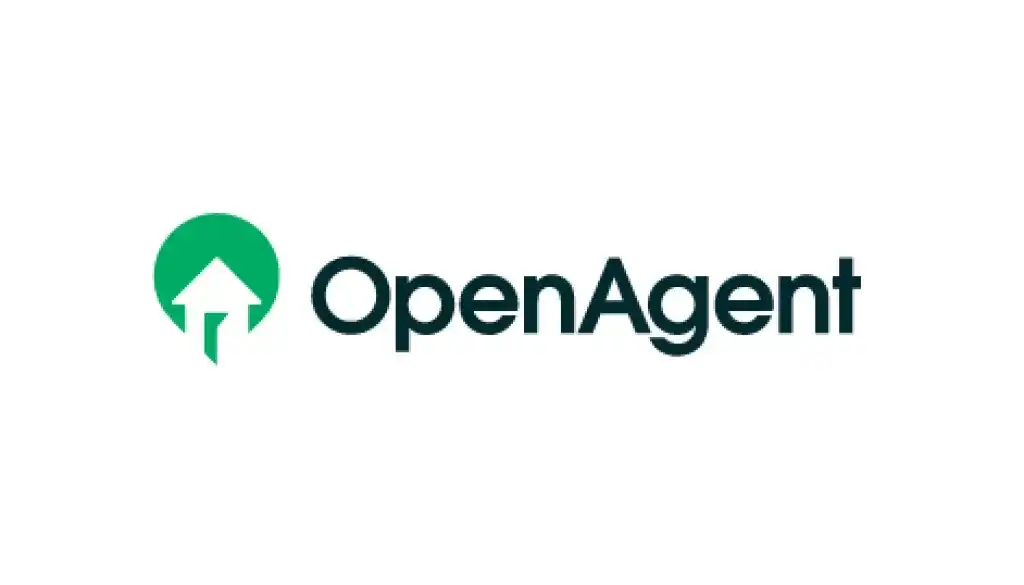OpenAgent Consumers Sentiment Index - 2018 Q1
Here at OpenAgent, we know the importance of up-to-date market insights. As Australia’s largest real estate comparison and referral platform, we speak to thousands of homeowners every month who are seeking assistance in selecting the right person to sell their largest financial asset.
We’re always looking for ways to add value for our customers, and we realised that by speaking with such a broad range of homeowners all over Australia, we had the unique ability to capture the market perspectives of one of the most important groups in the real estate ecosystem – home sellers.
In November 2016, we began compiling anonymised data capturing the sentiment and market expectations of consumers who were actively looking to sell their property.
This latest quarterly release of the report in May 2018 shows some fascinating developing trends in sentiment, based on a total of over 17,000 responses from property vendors across the last 17 months. As you’ll see below, this regular report includes home price sentiment at a National, State and Metro level, as well as granular information about why people are selling, and what they see as the key factors driving their local market. We hope you enjoy this report, and we look forward to delivering many unique insights in the quarters to come.
How the Consumer Sentiment Index works
To build the Consumer Sentiment Index, we ask our vendors the following question:
Where do you expect home prices to be in your area in six months’ time?
Vendors then rank their answer on a 5 tier scale, ranging from Strongly Up, Slightly Up, About The Same, Slightly Down and Strongly Down. This information is then collated to provide the basis for our proprietary index system.
The index gives a measure of vendors’ expectations for home price movement on a scale of -10 to +10, with a reading of 0 being a neutral view of the market. Values above +5 indicate strong overall optimism and values below -5 indicate strong overall pessimism. Since the inception of the survey, over 17,000 OpenAgent customers from all across Australia have participated.
In 2018 Q3, we collected survey responses from a total of 5,935 OpenAgent customers. All of our responses have been weighted against the relevant cohorts at the state level to remove any bias and present a realistic snapshot of sentiment for that group. Using this methodology, we ensure that the Consumer Sentiment Index is relevant for all vendors, not just OpenAgent’s customers.
National Consumer Sentiment
When compared to Q4 2017, the national consumer sentiment rebounded somewhat in the first quarter of 2018 finishing on +3.8. Throughout the quarter it remained stable opening at +3.8 in January, edging up slightly to +3.9 in February and then returning to +3.8 in March. These moves were encouraging given that the index had dropped to +3.3 in November – the lowest point in its history – before finishing 2017 at +3.6 in December.
Despite these improvements, national sentiment is still down from the +4.4 it enjoyed at the property market’s peak in April last year.
State Consumer Sentiment
Victoria finished with the most positive sentiment of all states (+5.2 index); with New South Wales (+3.9) and Queensland (+3.5) in line with each other. While still having a lower sentiment than the other states, West Australian sellers are feeling remarkably more positive than in previous survey periods.
After the improvement that saw the Victorian sentiment move to +5.7 in December 2017, January 2018 saw a marked drop in the index level to +4.8. The remainder of Q1 has seen Victoria return the stable levels it experienced in 2017, with an index level of +5.3 and +5.2 in February and March respectively. This suggests that the feeling in December was a temporary buoyancy and the state maintains a mostly positive but stable outlook through the life of the survey.
The decline in New South Wales sentiment experienced across 2017, has slowed and turned around with consumer sentiment in Q1 2018 finishing at an index value of +3.9 for March. While this is an improvement compared to Q4 2018, it is still dramatically less positive than the index of +5.7 felt in March 2017.
In Queensland, the positivity felt at the end of 2017 seems to be holding. Queensland’s index closed at +3.6 in December and opened at a strong +3.9 in January – a high point not seen since April 2017. While dropping slightly across the remainder of the quarter (+3.6 in February and +3.5 in March); it appears Queenslanders are feeling more positive about house prices than they did throughout most of 2017.
After finishing 2017 expecting prices to go backwards, sentiment index values in West Australia have had a surprising turn of fortune. 2018 opened with a consumer sentiment index of +1.5; the highest seen in WA since the beginning of the OpenAgent index. It continued to rise in February to +2.2 before sliding slightly to +2.1 in March.
Things could also be turning in Western Australia where property price expectations have been poor ever since the end of the mining boom, suggesting that seller optimism may be picking up.
Metro vs. Regional Consumer Sentiment
While sellers in metro areas continue to be more bullish than those in regional areas, Metro sentiment has been coming off the boil ever since its high of +5.2 in January 2017.
Having closed 2017 at +4.2, its index slumped to +3.8 in January, before edging back to +4.2 in February and closing at +4.0 in March.
Meanwhile, regional seller sentiment appears to be picking up. This is likely attributed to younger households and first-home buyers looking to purchase properties in more affordable areas, as well as regions within commuting distance to major cities. Mining activity in some areas is also improving.
After edging higher in the second half of 2017, regional sentiment hit a record +3.7 in January, suggesting it was poised to close the gap with metro sentiment. However, it slid back slightly to +3.4 in both February and March. Still, this was the strongest regional quarterly sentiment reading since the index was created.
Capital City Sentiment
A lot can change in a year. In January last year, Sydney sellers were the most optimistic about house prices in their area, with a quarterly sentiment index value of +6.6. Melbourne sat a little behind at +6.1.
Sentiment in Melbourne is now much higher than Sydney, with a quarterly index reading of +5.3 in January 2018. Sydney, on the other hand, almost halved to +3.1.
This quarter shows that sentiment for sellers in Brisbane is rising, having jumped from +4.2 in October to +4.6 in January. However, this is still .2 points lower than the +4.8 sentiment we saw in January 2017.
Seller sentiment in Adelaide dropped from +4.5 to +3.8 over the latest quarter, but its index is still higher than the +3.6 we saw in January last year.
Finaly, Perth showed a major turnaround. In January 2017, it had a miserable quarterly index of -1.9. But this reversed to +0.2 in October and an even better +2.1 in January 2018, indicating that optimism about house prices is improving.
Investors vs. Owner Occupier Seller Sentiment
Since we started capturing seller sentiment, owner-occupiers have historically had a more optimistic outlook of the market. For much of 2017, owner-occupier sentiment was fairly consistent, having values between +4.0 and +4.4. In November 2017 it slumped down to +3.5 and edged up to +3.7 in December, which were the lowest readings of the year. In 2018, it continued to rise to +4.1 in January, +4.2 in February and +4.0 in March.
Throughout 2017, the sentiment of investors remained largely inconsistent, with big swings across both months and quarters. Having touched +2.6 in November and +3.3 in December last year, it opened 2018 with +3.1 in January, +3.5 in February and +3.2 in March, showing a slight increase in optimism.
Highlight: Greater Sydney Trends
We take another special look at Greater Sydney, which has seen a continuing downward trend in sentiment since the beginning of 2017, and in 2018 sentiment has either continued to decline or remain largely unchanged.
In Q1, we find that sentiment in Newcastle/Central Coast has dropped 0.1 to +4.7 compared to last quarter. Similarly, Sydney north dropped from +2.4 to +2.3 and the Wollongong/Illawarra region saw the biggest drop in Greater Sydney, sliding from +4.3 down to +3.6.
In the opposite direction, we see small rises in sentiment compared to last quarter in central Sydney (from +3.6 to +3.7) and south Sydney (from +2.9 to +3.1). And while west Sydney remained unchanged with a seller sentiment of +3.6, east Sydney rose from +1.5 up to +3.1 in Q1 2018.
The narrow changes in sentiment indicate Sydney sellers’ acknowledgement that the market is cooling.





